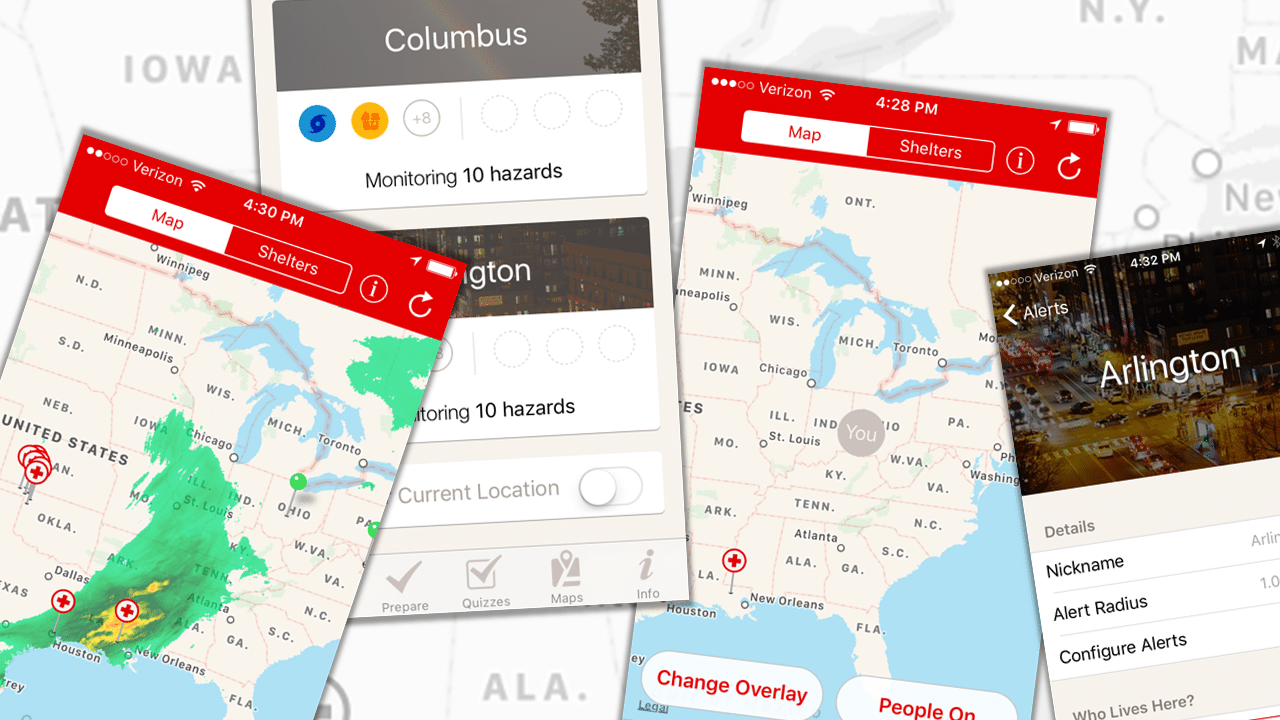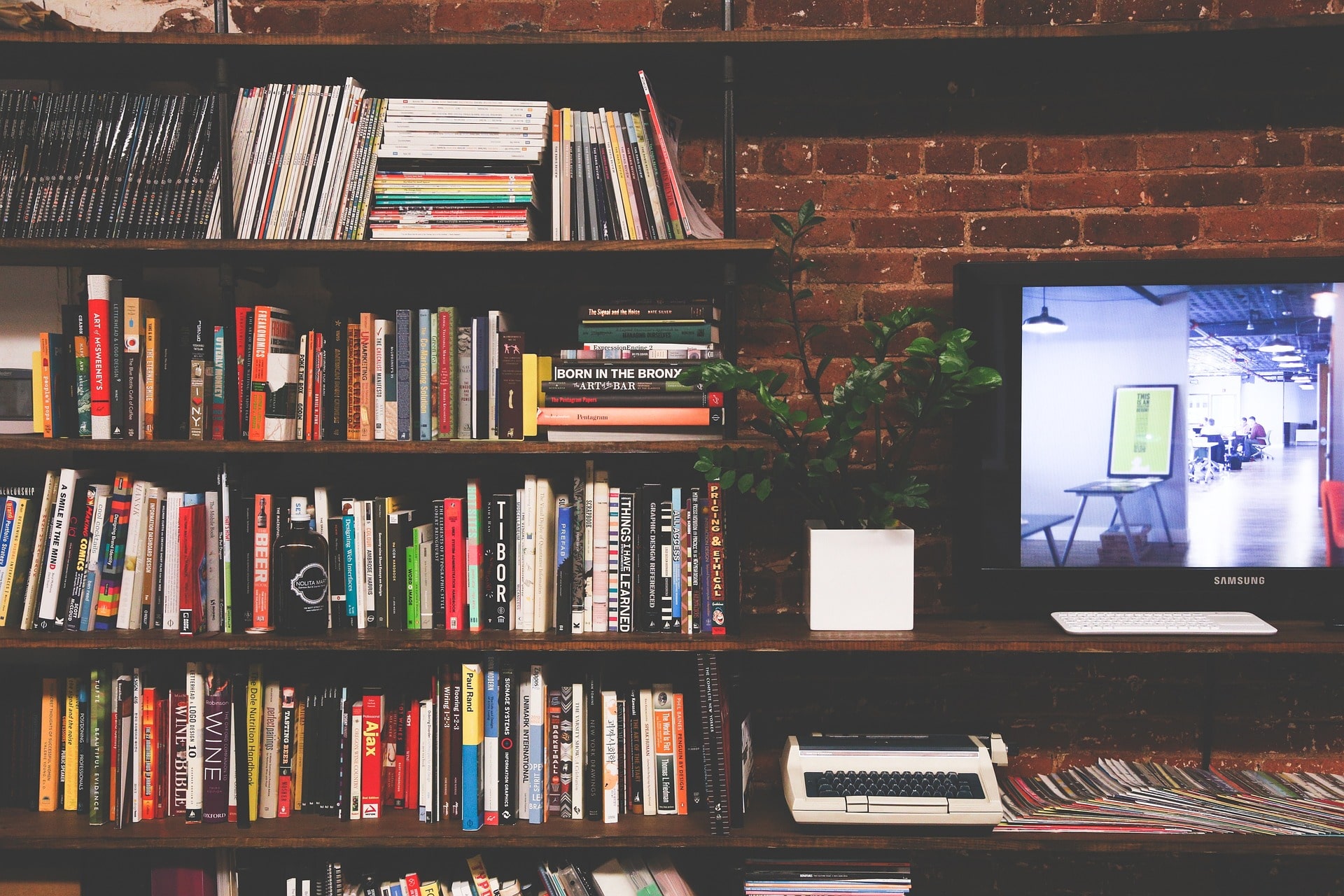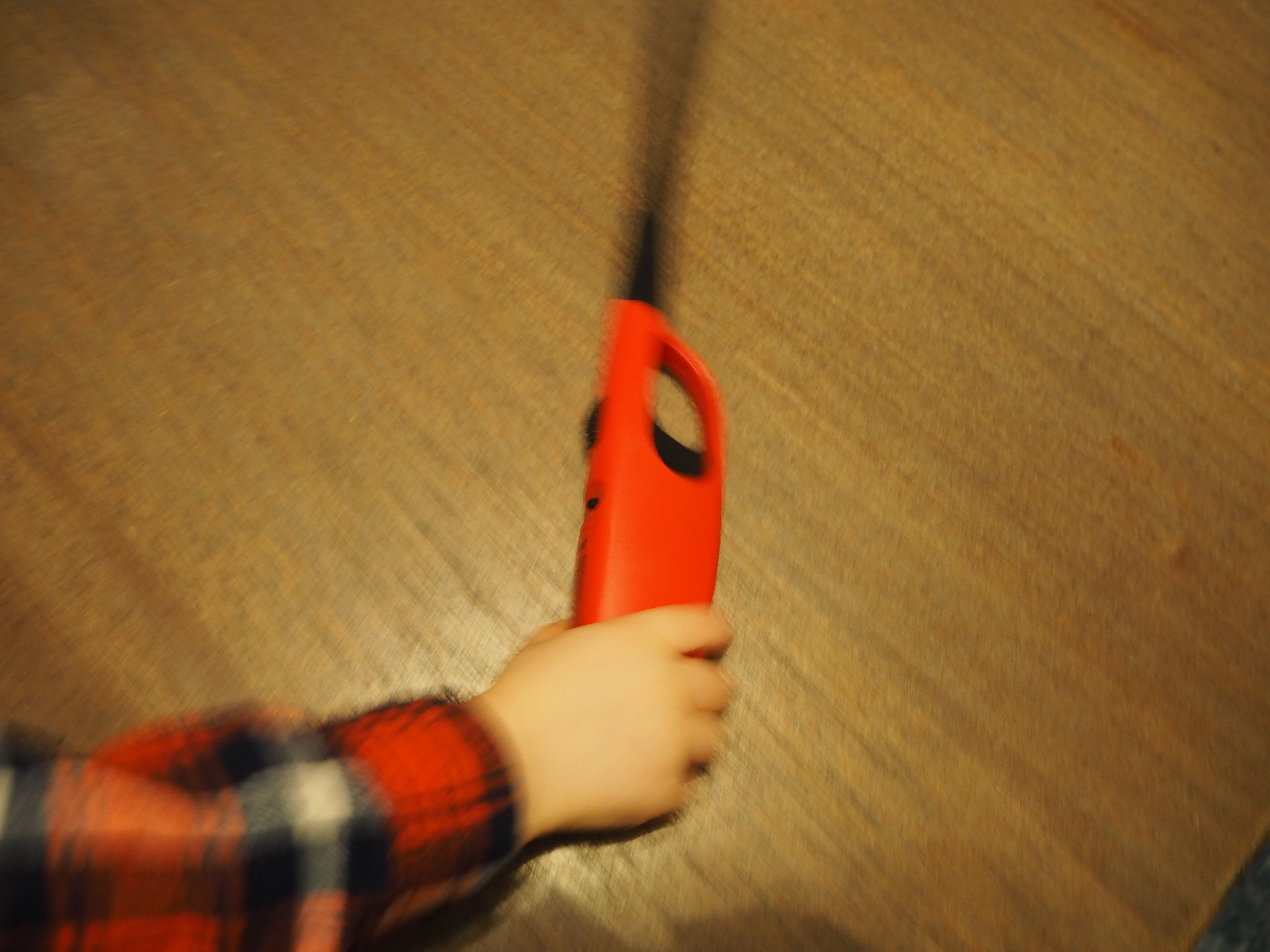My family recently moved from the East Coast back to our home state in the Midwest. Being a Red Crosser, I had some tasks in mind as I set up my new household that were just as critical as that first grocery trip or hooking up the Internet.
Here are a few ideas if you’ve moved into a new home, based on what my family did as we settled into our new home.
Create fire escape plans and meeting places
The official Red Cross tip is to have two ways out of your home and set two meeting places: outside your home (to connect after something like a fire) and outside your neighborhood if the area is blocked in an emergency.
My new house has three ways out on the first floor (I’m an overachiever) and an escape ladder stored upstairs in our bedroom.
Families should also think about what special circumstances your family may have, like pets or kids. For instance, if we’re stuck upstairs in a fire, it’s my job to grab the baby from the nursery while my husband quickly installs the ladder on our bedroom window.
Create your survival kit
My family used up our emergency water stores before we moved, so I’ve been buying one huge water jug with every grocery shopping trip and stockpiling them in the garage. This method is a welcome upgrade from tucking water gallons in the back corners of my kitchen cupboards or stuffing them beside my dryer. You get very creative living in a small apartment, my friend.
Check out the video above for some other ideas of items to collect, should your family face an emergency.
Identify your severe weather shelter
Living in apartments for most of my adult life, I’ve never had the luxury of a basement for shelter during severe weather. My new place has a small bathroom in the middle of the ground floor that we’ve agreed is the safest spot.
If you don’t have an underground shelter or basement, you should identify an interior spot (i.e. not right by an outside wall, away from windows) on the lowest floor of your home.
Update your app alert locations
If you have our Emergency App downloaded, update your severe weather alert preferences, including the locations you want to monitor and types of disasters. You can also see if your local emergency management professionals have local notification systems, like text message alerts, for additional safety updates in your area.
And if you download the app for the first time, here’s a handy guide to setting up those alerts.
Decorate with earthquakes in mind
You may laugh at this if you’re not in an earthquake zone, but ever since I moved to DC in 2011 and experienced both an earthquake and hurricane within one year, I don’t discount the possibility of any disaster.
As you’re setting up your furniture and décor, avoid hanging heavy items above sitting areas or beds/cribs. Secure furniture that could fall in a quake, like bookshelves or televisions. I have a very curious 13-month-old son, so I’ve discovered baby proofing handily often also counts as earthquake-proofing!
Assess Your Fire Risks
Finally, keep fire prevention in mind as you’re unpacking. For instance, keep flammable items at least three feet away from anything that gets hot, such as space heaters. Make sure wiring is not run under rugs. And although it may be tempting, avoid overloading outlets or extension cords. For easy reference, here’s an awesome list of things to check in your home as you’re setting up.
Upon moving into our new place, I noticed the smoke alarms throughout the house looked a bit dated, considering they were an impressive yellow color. The landlord couldn’t confirm how long they’d been there but assured us they were in working condition. Knowing smoke alarms have to be replaced every ten years, we went out and bought new smoke alarms and installed them ourselves. Expensive? Yes. Worth it? Totally.
Find a ton of more info on preventing home fires on our website and an awesome collection of disaster prep info in our Emergency App.





